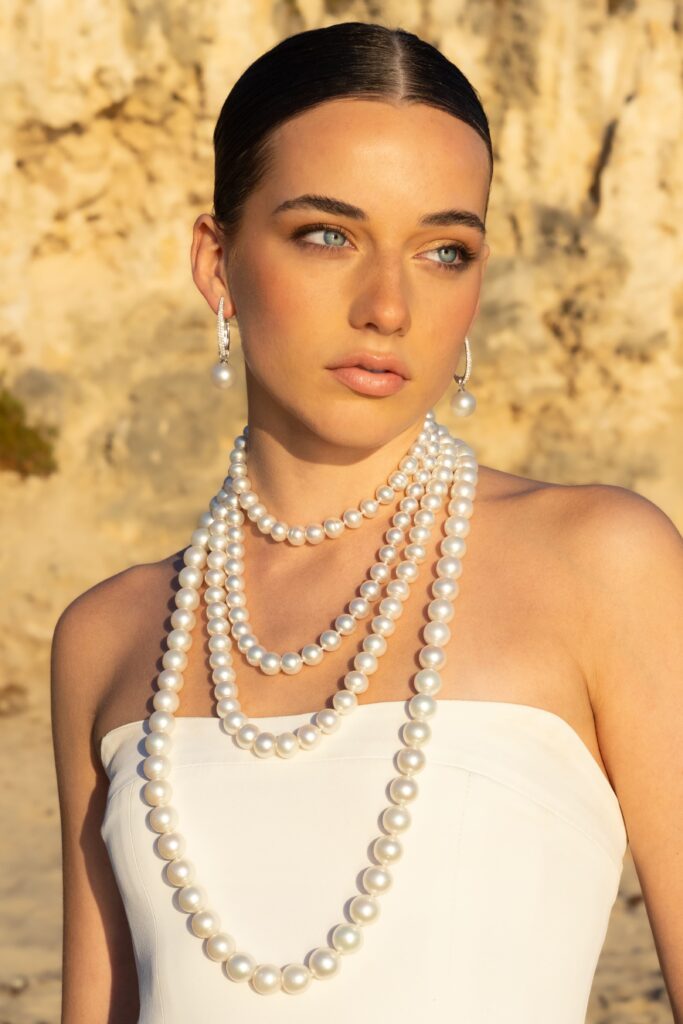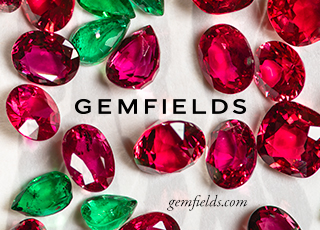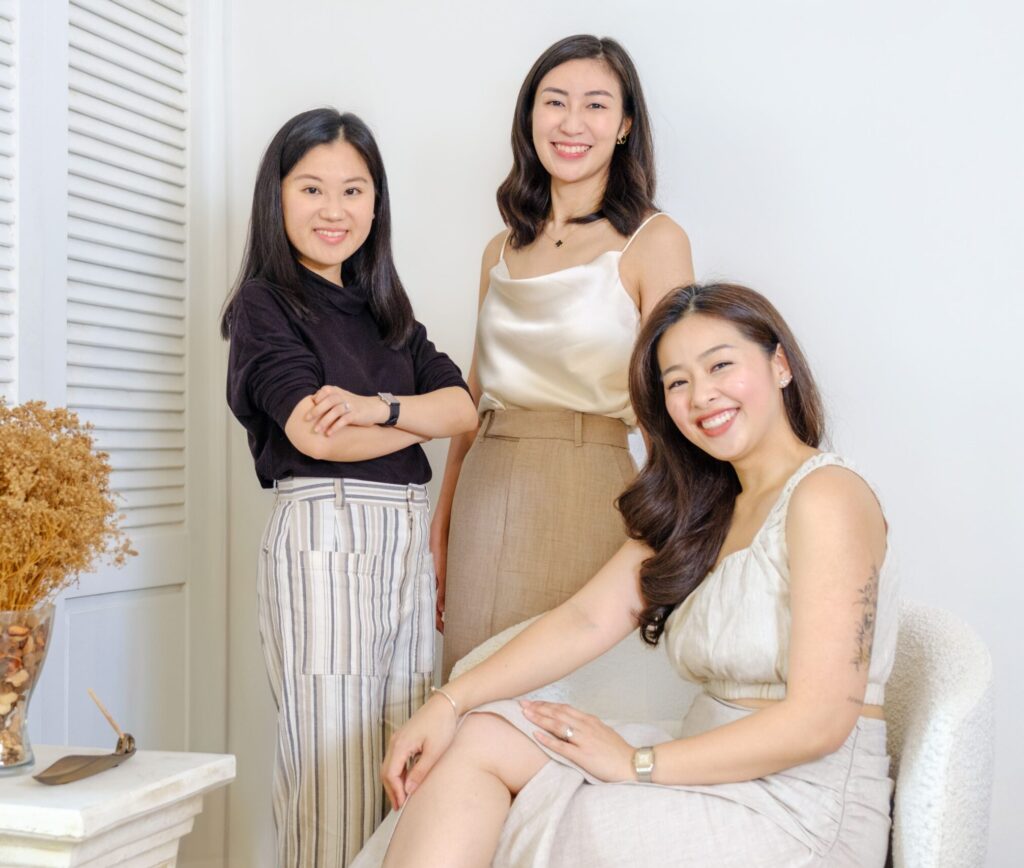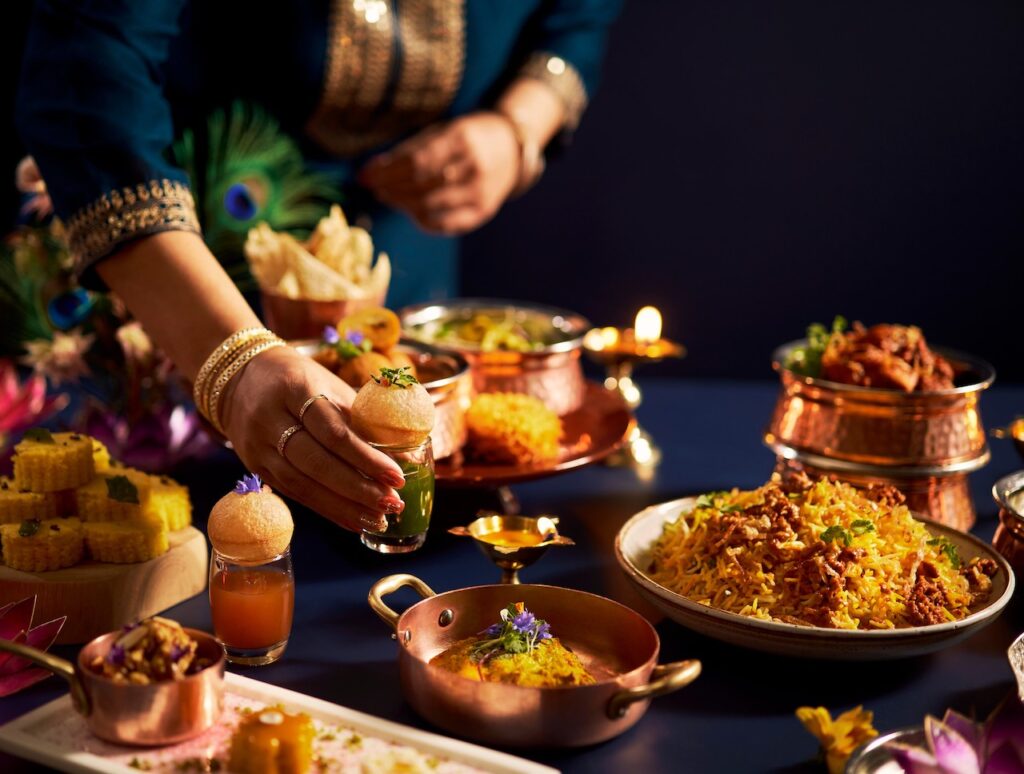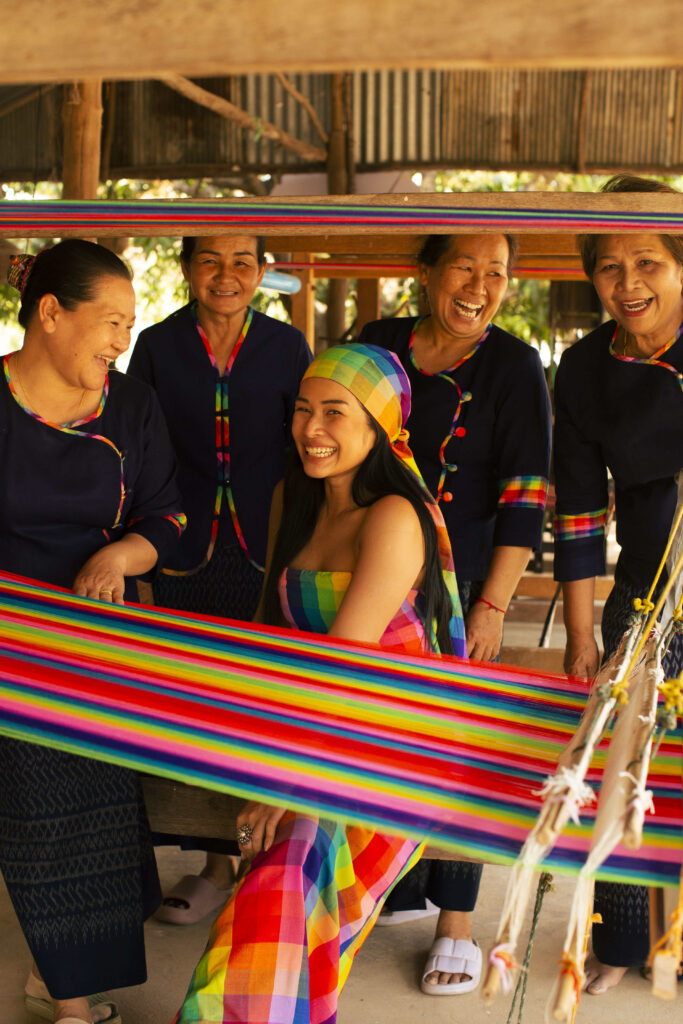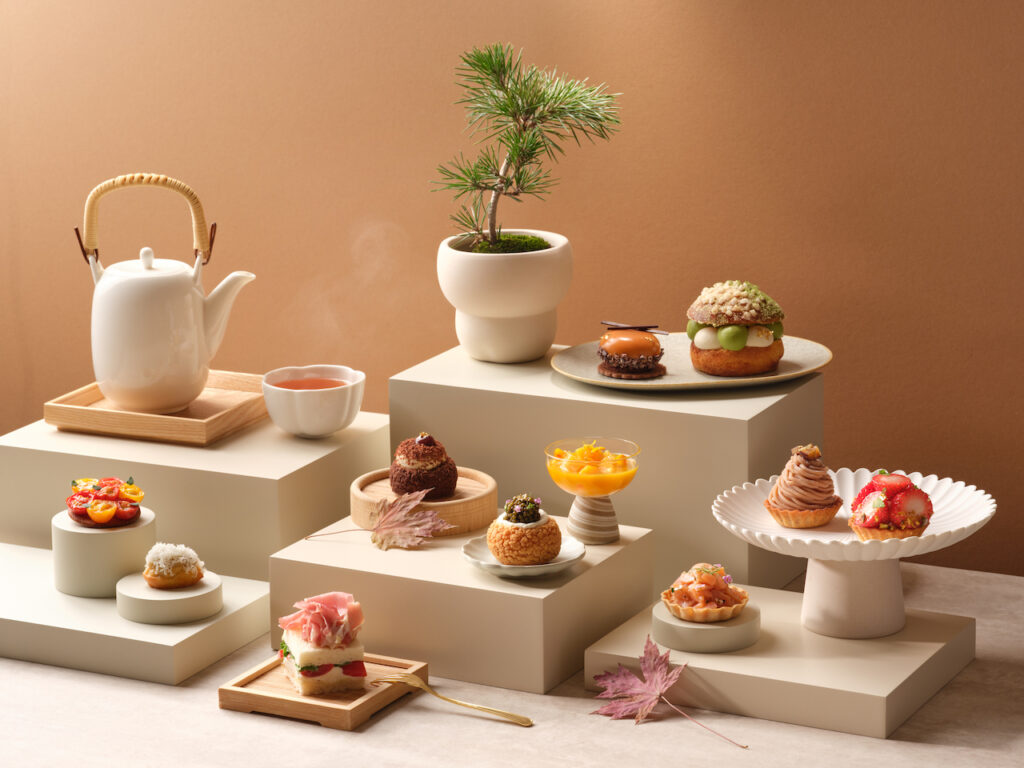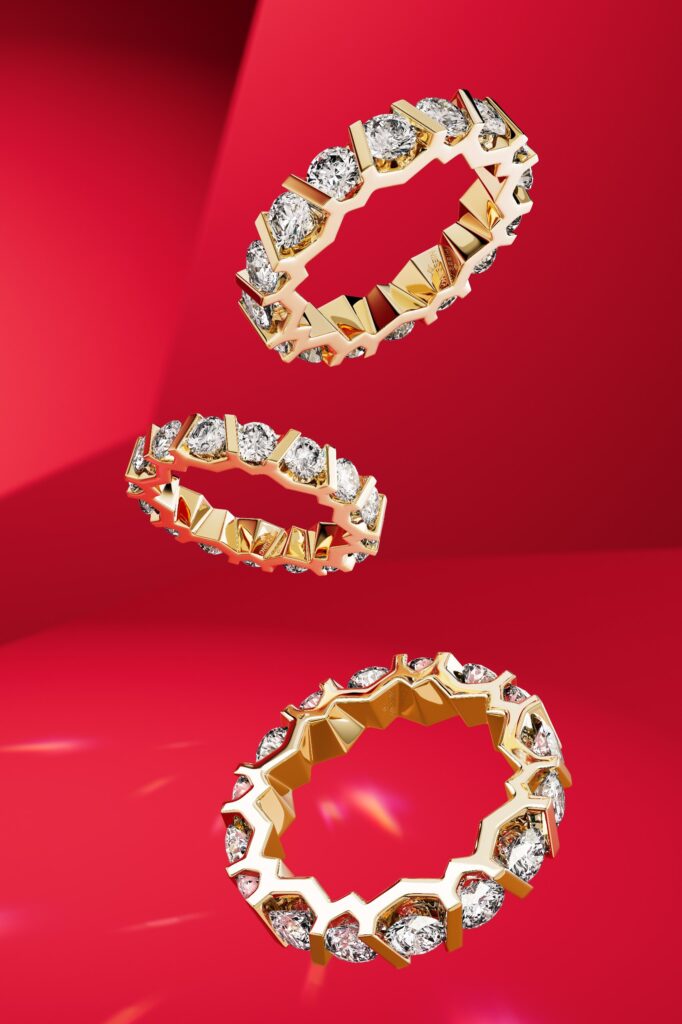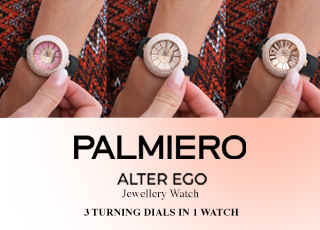Pearls aren’t just for the social elites or old-school anymore. In 2025, they’re bold, baroque, and breaking all the rules with fresh colours, gender-neutral designs, and a new focus on sustainability.
The Pearl Revival: What’s Fueling the Comeback?
Pearls are enjoying a cultural renaissance. Once typecast as prim, proper, and painfully predictable, the gem is now being embraced by a new generation of wearers for precisely the opposite reasons: its softness, subtlety, and singularity.
“Younger consumers are drawn to the duality of pearls blending heritage and rebellion,” says Caroline Cao, General Manager of Singapore-based brand Pearly Lustre. “They’re not loud or flashy. Instead, they exude quiet elegance with depth and meaning.”
That sentiment is echoed by Kellie McNeill, Marketing & Communications Manager at Willie Creek Pearls, “Pearls were once seen solely as classic and refined. Today, they’ve evolved into bold symbols of confidence and self-expression, reflecting each wearer’s unique story. There is a broader return to nature, with sustainably sourced materials like the Australian South Sea Pearl aligning perfectly with today’s focus on responsible and ethical purchase decisions.”
In a world of mass production and fast fashion, pearls stand out for their natural individuality. They are one of the few gems formed by living organisms, shaped by time, care, and environment. No two are ever identical and that’s precisely their appeal.
Why Baroque Pearls Are Stealing the Spotlight
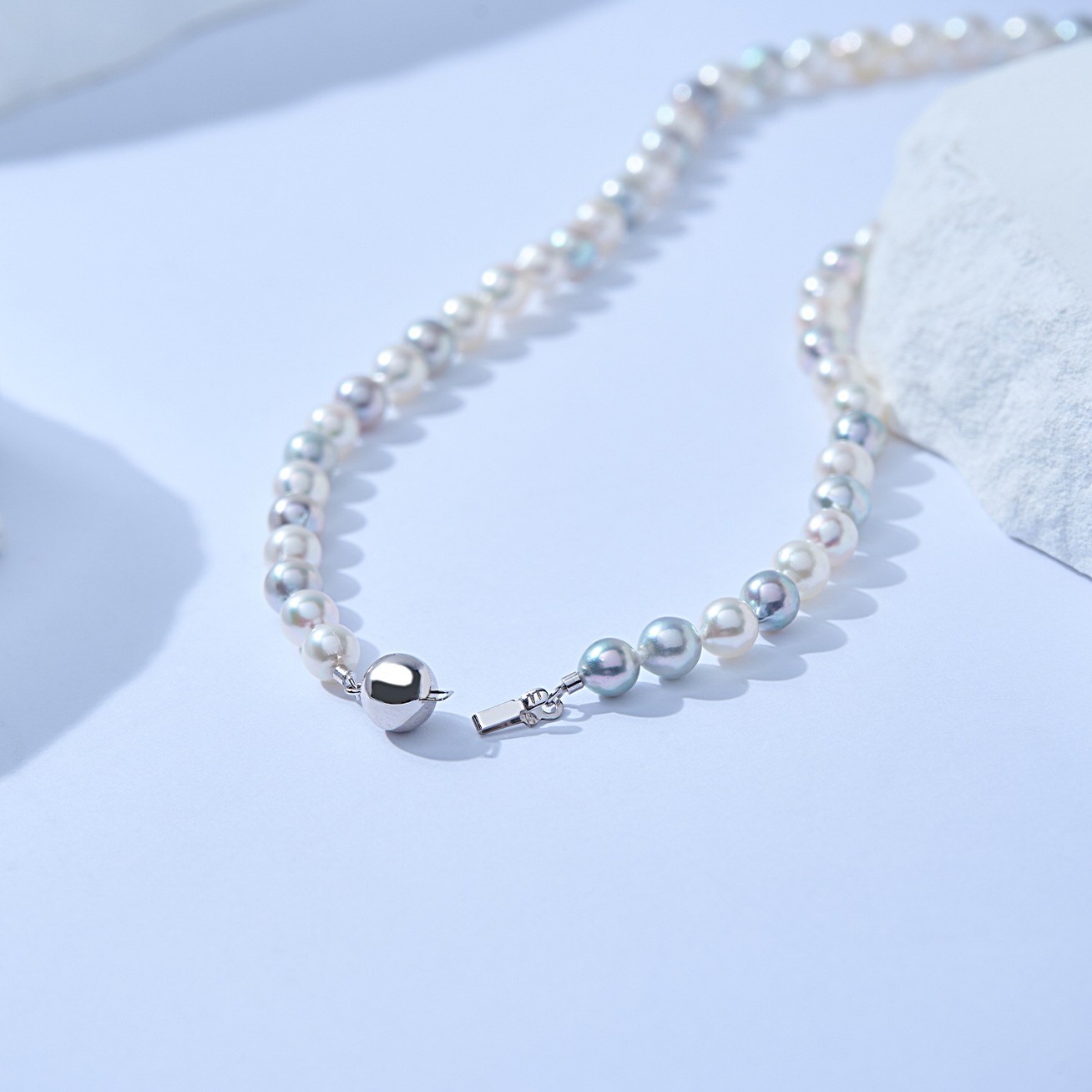
For decades, roundness was the ultimate marker of a pearl’s worth. A flawless, symmetrical orb represented rarity and refinement, which is why saltwater pearls like Japanese Akoyas became synonymous with luxury.
But 2025 marks a definitive shift in perspective. Baroque pearls, the irregular, free-form siblings of their spherical counterparts, have moved from the margins to the main event.
“They embrace imperfection as beauty,” says Cao. “They have an emotional depth and an organic presence that resonates with today’s tastes.”
“The organic form of baroque and keshi pearls celebrates uniqueness, no two are ever the same. In a world leaning into authenticity, these pearls offer something real and deeply individual,” McNeill observes.
Gemstone Pairings and a Shift from White to Hue
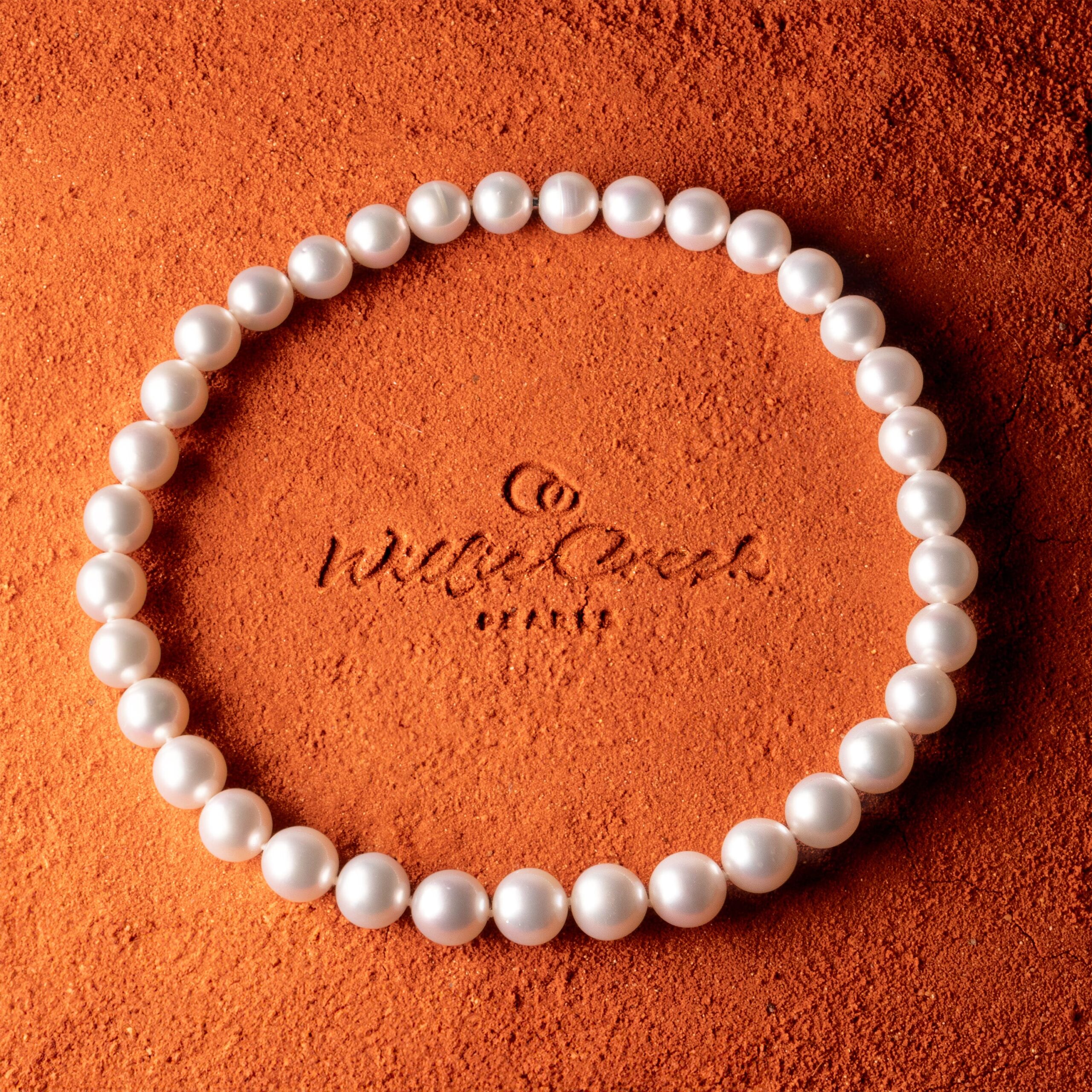
White pearls will always be timeless, but in 2025, they’re no longer the only game in town. From champagne tones and silver-greys to blush pinks and moody charcoals, today’s pearl lovers are embracing the full spectrum.
“Each pearl has its own overtone, ranging from rose and gold to silver and even green,” explains Cao. “It’s this natural variation that gives pearls their emotional pull and expressive edge.”
Tahitian pearls, in particular, are enjoying a resurgence. Known for their dark, enigmatic hues that range from deep green to peacock blue and aubergine, these pearls bring a bold, modern edge to jewellery design.
Designers are also pairing pearls with coloured gemstones such as blue topaz, pink tourmaline, and green quartz to create eye-catching contrasts. Pearly Lustre’s Harmony Collection exemplifies this aesthetic, offering fresh combinations that feel vibrant and full of character.
“Our jewellers are currently experimenting with gemstones like tanzanite and aquamarine, blending them beautifully with our pearls. The violet-blue tones of tanzanite and the green-blue-teal hues of aquamarine reflect the stunning colours of the Kimberley region, much like the waters of Willie Creek itself. It’s a natural and meaningful pairing that we’re excited to bring to life.” Says McNeill.
Rise of Gender-Neutral Pearl Design
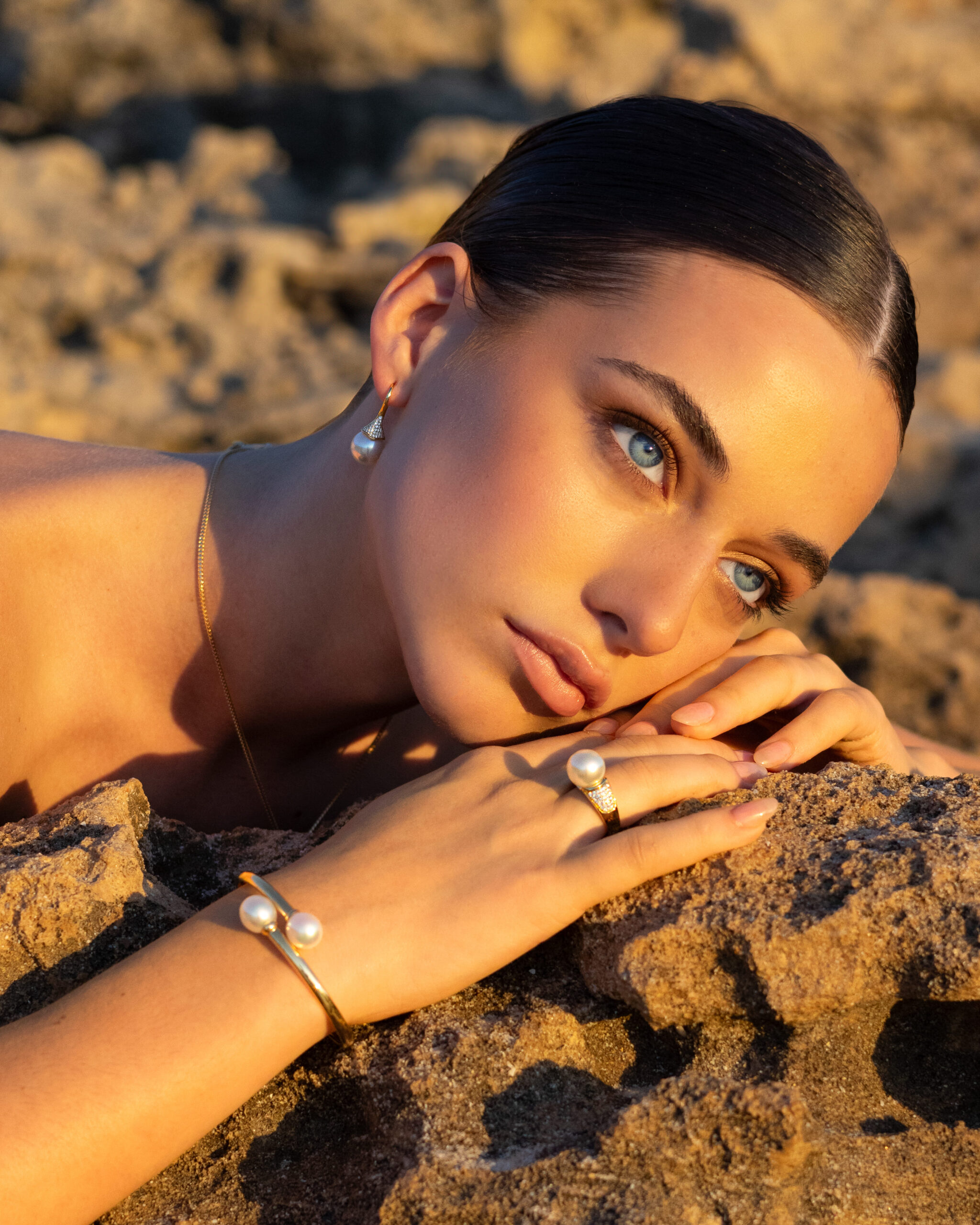
Long associated with femininity, pearls are now crossing traditional lines and appearing in men’s jewellery and unisex collections with striking confidence. From layered strands on K-pop idols to structured cuffs and statement rings, pearls have entered the realm of power accessories. Harry Styles paved the way for pearls in mainstream men’s fashion accessories with his now-iconic single pearl earring at the 2019 Met Gala, followed by appearances in layered pearl necklaces during his Fine Line tour. A$AP Rocky, known for his experimental style, has been spotted in pearl chokers and oversized strands paired with streetwear. In K-pop, RM from BTS and Taeyong of NCT have both worn pearls as part of gender-fluid stage looks, often mixing them with chains and hardware for a high-low aesthetic.
“Pearls today are about identity and confidence, not gender,” says Cao.
“Our men’s range is bigger than ever. Neoprene necklaces and bracelets featuring either Australian South Sea Pearls or darker Tahitian pearls are among our most popular pieces. We’re also seeing a growing interest from younger men in freshwater pearl strands combining classic elegance with a fresh, modern vibe that challenges traditional gender norms,” says McNeill.
The Line Between Freshwater and Saltwater Pearls Is Blurring
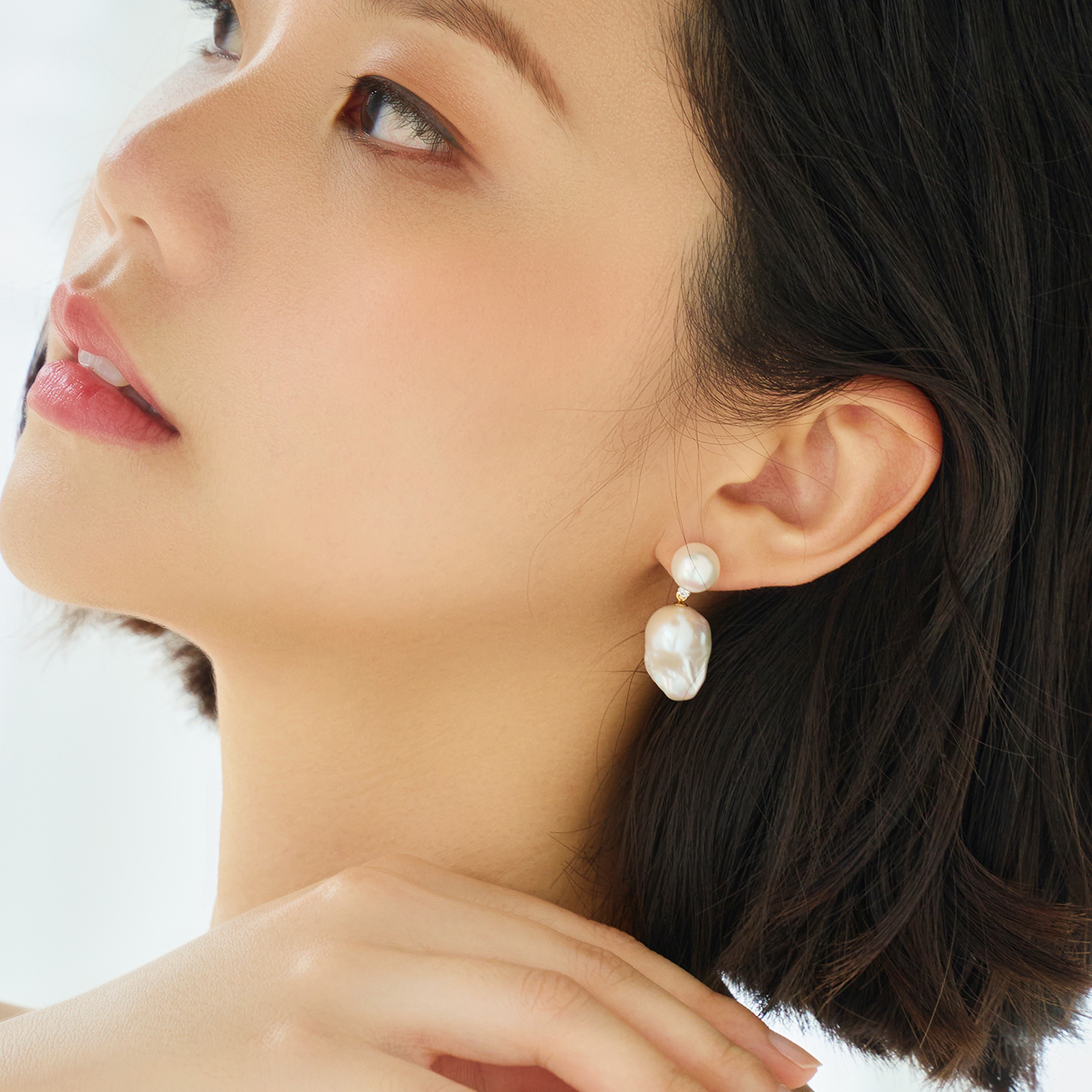
Historically, saltwater pearls such as Akoya, Tahitian, and South Sea varieties were considered more valuable due to their lustre, roundness, and rarity. Freshwater pearls, often farmed in China, were once dismissed as the budget-friendly option, considered charming but inconsistent.
But that’s no longer the case. Thanks to improved farming methods, today’s freshwater pearls offer better shape, thicker nacre, and a variety of natural hues.
“Freshwater pearls allow for more design freedom,” Cao believes, “They’re expressive, accessible, and well-suited to the direction jewellery is taking.”
Luxury Within Reach – Why Pearls Are More Affordable Than You Think
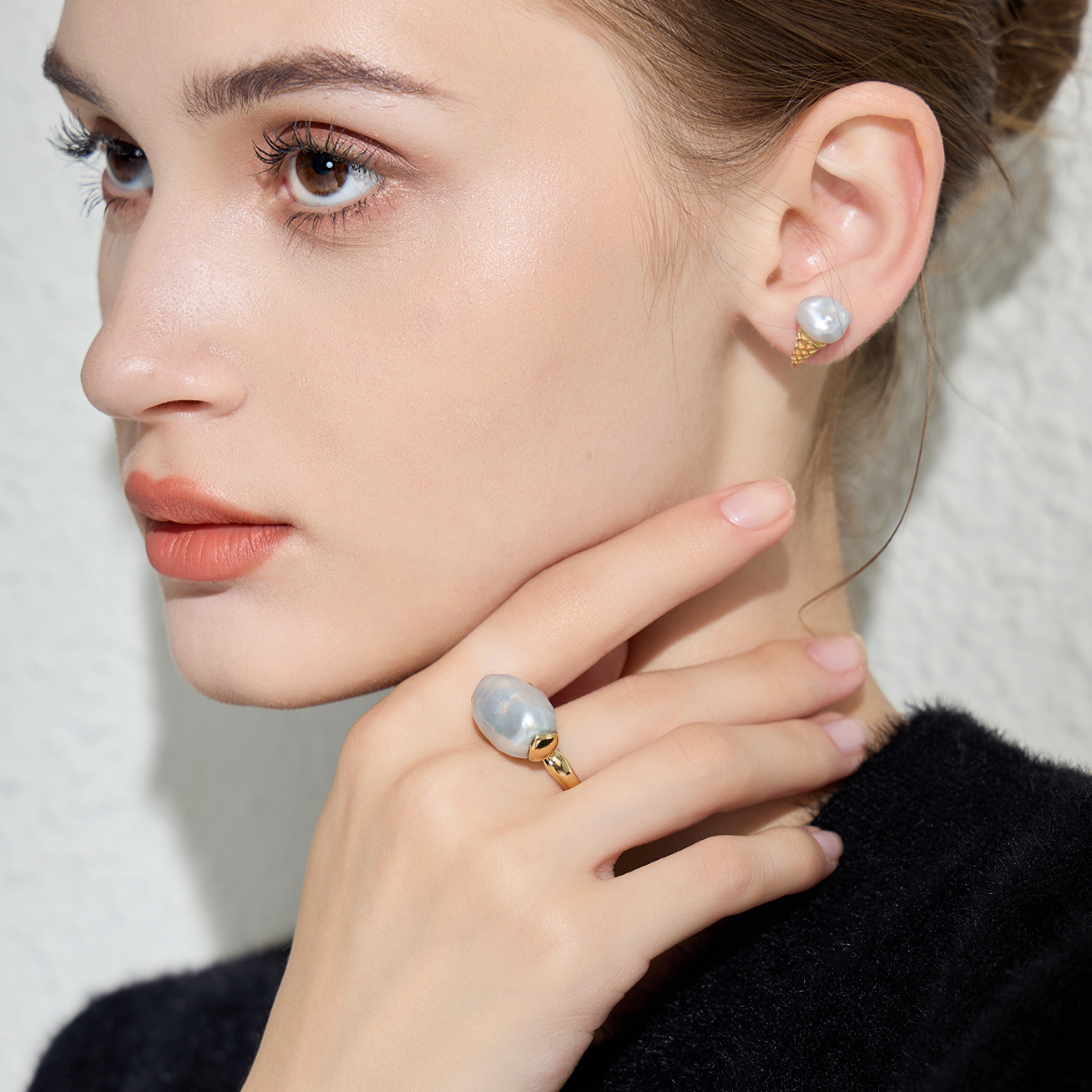
Despite their elegant reputation, pearls have become one of the most accessible gemstones today. This is especially true for freshwater pearls, which are now widely available in sophisticated designs at transparent prices.
“Pearls offer tremendous value for their natural beauty,” says Cao, “Even high-quality pieces can be attainable thanks to better farming and direct sourcing.”
Sustainability in Pearl Farming
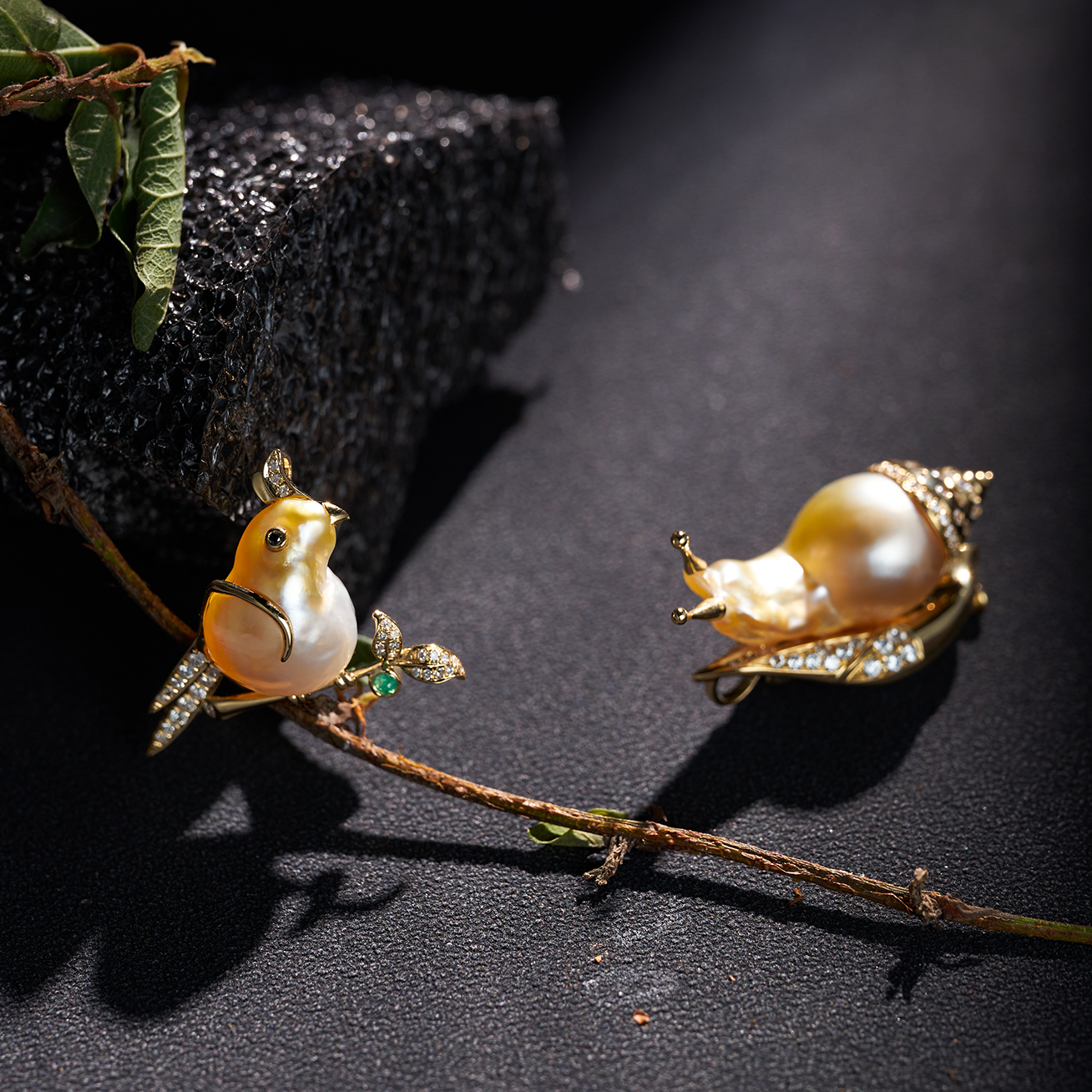
Few gemstones are as closely tied to the environment as pearls. Formed within mollusks that live in the ocean, pearls are deeply dependent on the health of marine ecosystems. Any disruption, whether it’s pollution, rising sea temperatures, or overfarming, can stress the oysters and compromise both the yield and the quality of the pearls they produce.
As sustainability becomes a growing concern among consumers, the pearl industry is gradually moving toward more environmentally responsible practices. This shift is not merely a response to market pressure; it’s a necessity for long-term survival.
“We work only with pearl farms that prioritise low-impact practices,” says Cao, “That includes maintaining healthy stocking densities, allowing mollusks the space to grow naturally, and ensuring that water conditions are clean and carefully monitored.”
Low-impact pearl farming is characterised by a holistic approach to environmental balance. Farms committed to these principles are typically located away from fragile reef ecosystems and are run in a way that avoids placing stress on the surrounding marine life. Rather than relying on intensive, high-density operations, these farms allow oysters more room to grow, which reduces waste accumulation and helps prevent disease outbreaks. Chemical use is also minimised, with many farms turning to manual cleaning methods to maintain cleanliness without introducing pollutants.
At Willie Creek Pearls, sustainability isn’t just a philosophy, it’s woven into daily operations.
“We utilise every element of the oysters we fish. The pearls are turned into jewellery and then the oysters are reseeded up to three times, the pearl meat is consumed as a delicacy, ceviched or used in other dishes, and the remaining parts are used for pickled offal. The shell is repurposed for cutlery, ornamental pieces, and more recently, medical innovation through our collaboration with medtech company Marine Biomedical. Marine Biomedical owns patented technology PearlBone which converts nacre from our pearl oyster Pinctada maxima into a medical device that biomimics human bone formation,” McNeill explains, “Sustainability isn’t a side project – it’s how we operate, every day.”
Where Pearls Go From Here
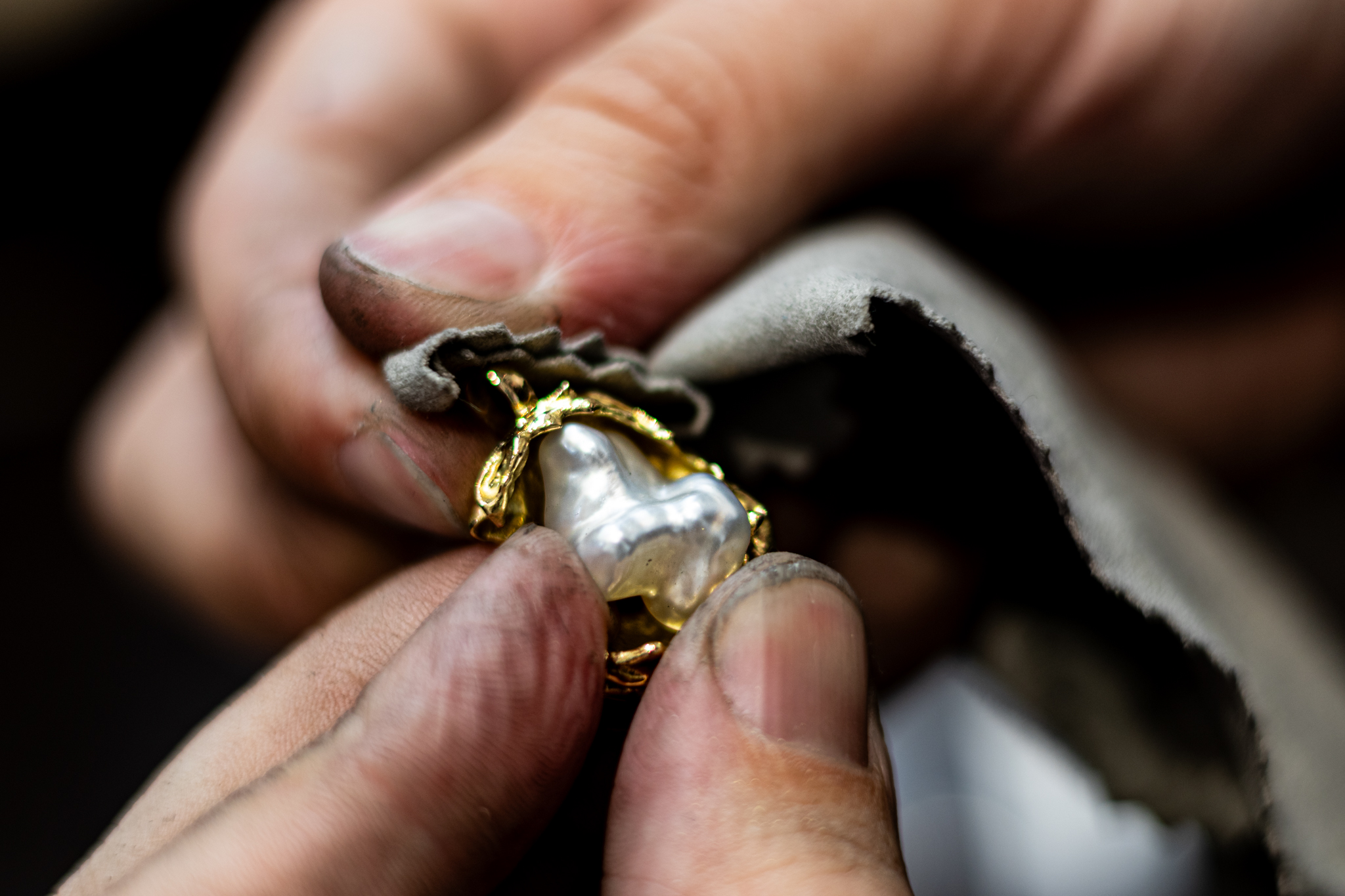
What’s next for the world’s most natural gem? Expect more design experimentation, from modular pieces and gemstone pairings to wellness-inspired collections rooted in pearls’ symbolic qualities. In traditional Chinese medicine, pearls are said to calm the spirit and cool the body, a connection that modern wearers may find especially relevant, thanks to the growing interest for holistic healing and alternative remedies.
What’s certain is this: the pearl is no longer a symbol of rigid formality. It has evolved organically, defiantly, and beautifully to reflect who we are today. No longer just for weddings or heirlooms, pearls are for every day, every body, and every story.
The Solitaire Pearl Glossary: What Every Collector Should Know
Not all pearls are created equal. From the luminous perfection of Akoyas to the unruly charm of baroque varieties, each type carries its own provenance, personality, and allure. Here’s a curated primer to help you distinguish your South Seas from your Keshi and perhaps inspire your next piece.
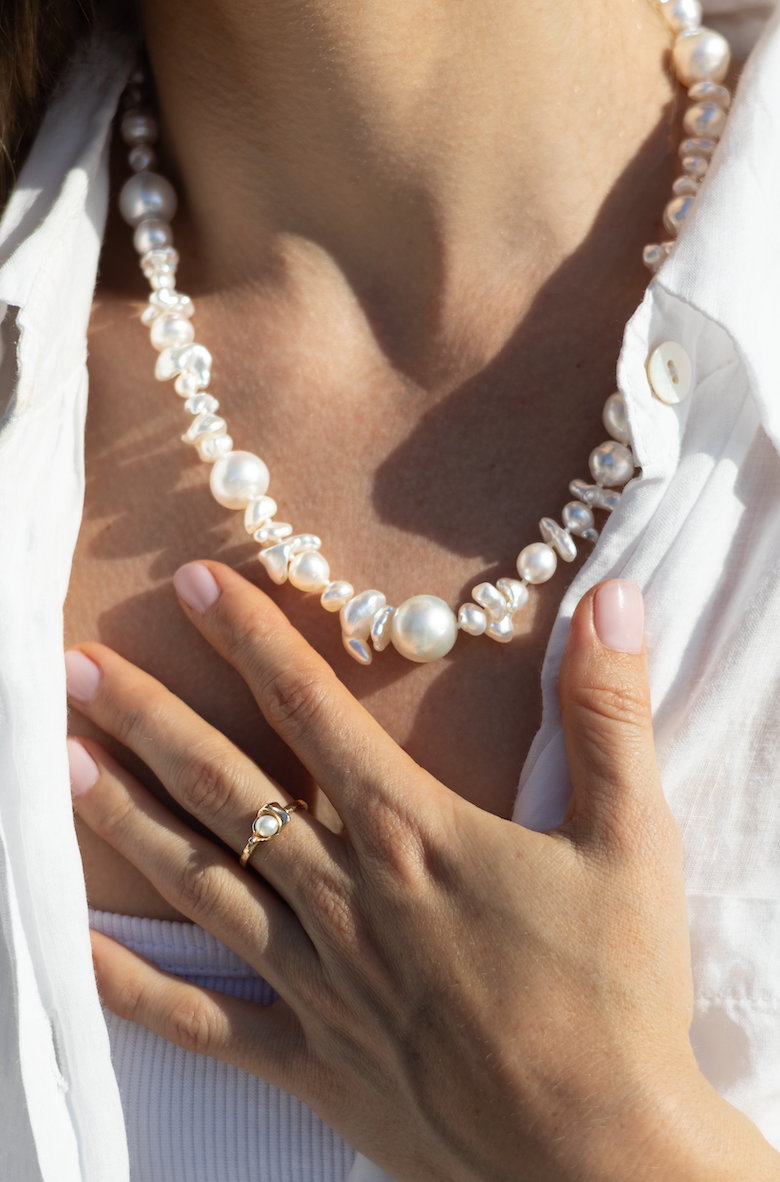
Akoya Pearls
Elegant, refined, and impossibly lustrous, Akoya pearls are what most people picture when they think of a classic strand. Cultivated mainly in Japan and China, these saltwater pearls are known for their roundness, sharp lustre, and delicate overtones of rose, silver, or ivory. Typically ranging from 2mm to 10mm, they’re the jewellery world’s equivalent of a white silk shirt: timeless, versatile, and always in style.
Tahitian Pearls
Don’t be fooled by the name, Tahitian pearls are anything but black and basic. Grown in French Polynesia’s black-lipped oysters, these saltwater gems shimmer in a spectrum of moody tones: peacock green, aubergine, graphite, petrol blue. Their sizes are generous, often 8mm to 15mm, making them ideal for statement-making designs with a bit of edge. Mysterious, bold, and effortlessly modern.
South Sea Pearls
The grande dame of the pearl world. Cultivated in the warm waters off Australia, Indonesia, and the Philippines, South Sea pearls are prized for their impressive size (some exceed 20mm), thick nacre, and luminous, satiny glow. Colours range from icy white and silver to rich, honeyed gold, the latter being particularly sought after by connoisseurs. These pearls often command the highest prices, and rightly so: they are rare, regal, and quietly spectacular.
Freshwater Pearls
Once the underdog, now the game-changer. Grown primarily in Chinese lakes and rivers, freshwater pearls have shed their former reputation for being lesser substitutes. Today’s top-grade specimens exhibit remarkable lustre and come in a dreamy palette of natural hues, from blush and peach, to lavender, even silvery grey. They’re often free-form in shape, making them perfect for playful or layered looks. Accessible, diverse, and full of character.
Baroque Pearls
The antithesis of perfection and all the more beautiful for it. Baroque pearls can form in any mollusc, but what defines them is their irregularity. No two are ever the same. Some are wildly abstract, others softly asymmetrical, with curves and folds that make each one feel like a tiny sculpture. They bring a sense of individuality and artistry to any design and has become a favourite for modern collectors who prefer their jewellery with a twist.
Keshi Pearls
Technically a happy accident. Keshi pearls are formed when the oyster rejects the implanted nucleus but still produces layers of nacre. The result? A small, often irregular pearl made entirely of nacre, which gives them an intense, luminous shine. Their organic shapes and high gloss make them a favourite among jewellers who love texture and non-traditional silhouettes.
Mabe Pearls
Also known as blister pearls, Mabes are cultivated against the inside of the oyster shell, forming a domed, half-spherical shape. Because they’re flat-backed, they’re typically set into rings, brooches or earrings, anywhere their sculptural surface can shine. Their size and mirror-like lustre make them ideal for bold, symmetrical designs.
Text By: Young Lim

